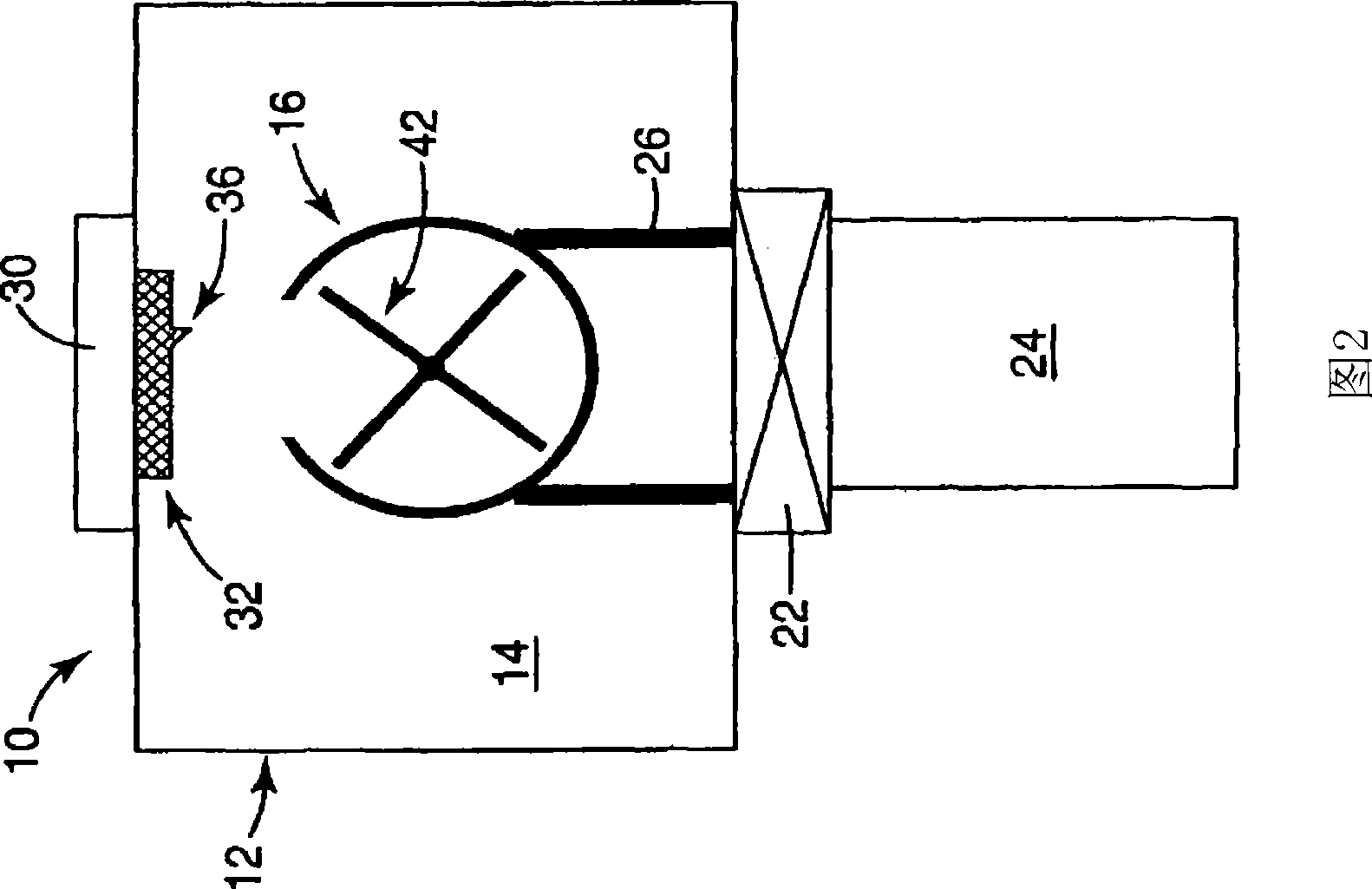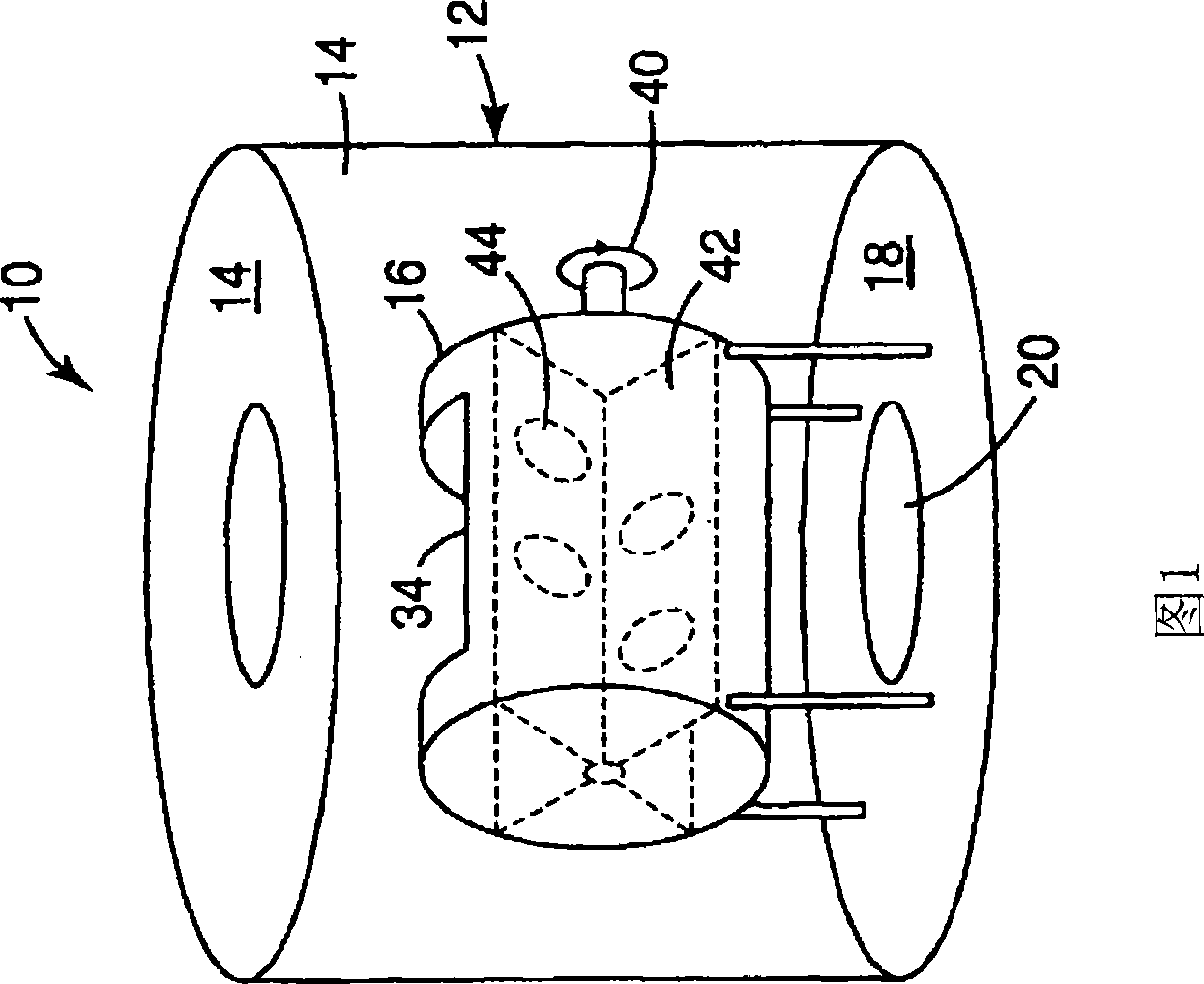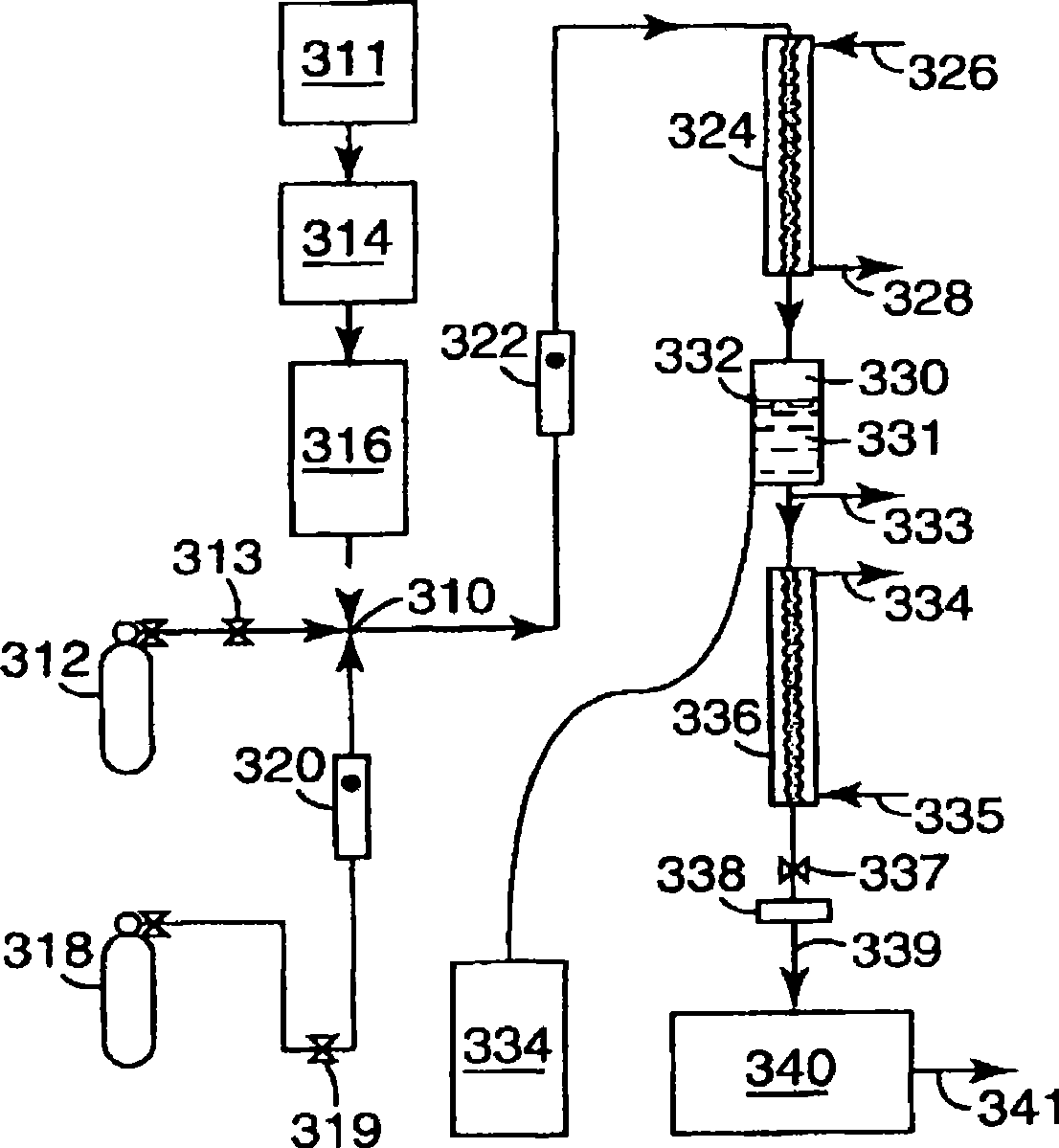Selective oxidation of carbon monoxide relative to hydrogen using catalytically active gold
A catalytic activity, hydrogen technology, applied in the field of gold-based nanostructured catalyst system, can solve problems such as ambiguity
- Summary
- Abstract
- Description
- Claims
- Application Information
AI Technical Summary
Problems solved by technology
Method used
Image
Examples
example 6-13 and comparative example 4
[0296] Examples 6-13 and Comparative Example 4 Derived from M on nanoparticulate titanium dioxide 2+ Cationic gold Genus-oxygen domain
[0297] Table 7
[0298]
[0299] (Ca(CH 3 CO 2 ) 2 ·H 2 O: Obtained from MP Biomedicals, Aurora, Illinois; Co (CH 3 CO 2 ) 2 ·4H 2 O: Available from Aldrich Chemical Company, Milwaukee, Wisconsin; Mn (CH 3 CO 2 ) 2 ·4H 2 O: Obtained from Fisher Scientific, Fair Lawn, New Jersey; Zn (CH 3 CO 2 ) 2 ·2H 2 O: Obtained from Mallinckrodt Co., Ltd., Paris, Kentucky; TiO 2 : Obtained from Hombikat UV100, Sachtleben Chemie GmbH, Duisburg, Germany)
[0300] Prepare solution A and solution B by mixing the reagents shown in the table above. Stir the solution until the solids are completely dissolved. The TiO shown in the above table was mixed with an IKA T18 high-energy stirrer (from IKA Works Co., Ltd., Wilmington, NC) equipped with a 19mm dispersing head 2 Dispersion components to prepare nanoparticle titanium dioxide dispersions. In about 30 minut...
example 14-16
[0315] Example 14-16 Containing Fe by hydrolysis and oxidation 2+ Precursor to form nano-particle titanium dioxide on Iron-oxygen domain
[0316] Table 11
[0317]
[0318] (Ferrous sulfate heptahydrate: available from J.T. Baker, Phillipsburg, New Jersey; H 2 O 2 : Obtained from Mallinckrodt Ltd., Phillipsburg, New Jersey)
[0319] For Examples 14-16, the hydrolysis conditions and reagent dosages are listed in Table 11. In each case, 65.0g Hombikat UV100 titanium dioxide (available from SachtlebenChemie GmbH, Duisburg, Germany) was mixed in 500g with an IKA T18 high-energy stirrer (available from IKA Works Co., Ltd., Wilmington, NC) equipped with a 19mm dispersing head. Prepare nano-particle titanium dioxide dispersion in ionized water. In about 40 minutes, solution A and solution B were added dropwise to the stirred titanium dioxide dispersion. Adjust the dropping rate of the two solutions, and slowly add the two solutions dropwise at the same rate. In Examples 14 and 15...
example 17-20
[0334] Example 17-20 Mixed metal-oxygen domains on nanoparticulate titanium dioxide .
[0335] Table 15
[0336]
[0337] (Ferrous sulfate heptahydrate: available from J.T. Baker, Phillipsburg, New Jersey; H 2 O 2 : Obtained from Mallinckrodt Co., Ltd., Phillipsburg, New Jersey; Zn (CH 3 CO 2 ) 2 ·2H 2 O: Obtained from Mallinckrodt Co., Ltd., Paris, Kentucky; Ca(CH 3 CO 2 ) 2 ·H 2 O: Obtained from MPBiomedicals, Aurora, Illinois; MgCl 2 ·6H 2 O: Available from EMD Chemicals Co., Gibbstown, New Jersey)
[0338] By dissolving the required amount of metal compound in water (see Table 15), a solution named "Solution A" providing iron and a second metal cation was prepared. A sodium hydroxide solution ("Solution B") was prepared by dissolving the required amount of sodium hydroxide in 250 g of deionized water (see Table 15). Prepared by mixing 65.0 g Hombikat UV100 titanium dioxide (from SachtlebenChemie GmbH, Duisburg, Germany) in 500 g of deionized water with an IKA T18 high-ener...
PUM
| Property | Measurement | Unit |
|---|---|---|
| thickness | aaaaa | aaaaa |
| width | aaaaa | aaaaa |
| particle size | aaaaa | aaaaa |
Abstract
Description
Claims
Application Information
 Login to View More
Login to View More - R&D
- Intellectual Property
- Life Sciences
- Materials
- Tech Scout
- Unparalleled Data Quality
- Higher Quality Content
- 60% Fewer Hallucinations
Browse by: Latest US Patents, China's latest patents, Technical Efficacy Thesaurus, Application Domain, Technology Topic, Popular Technical Reports.
© 2025 PatSnap. All rights reserved.Legal|Privacy policy|Modern Slavery Act Transparency Statement|Sitemap|About US| Contact US: help@patsnap.com



